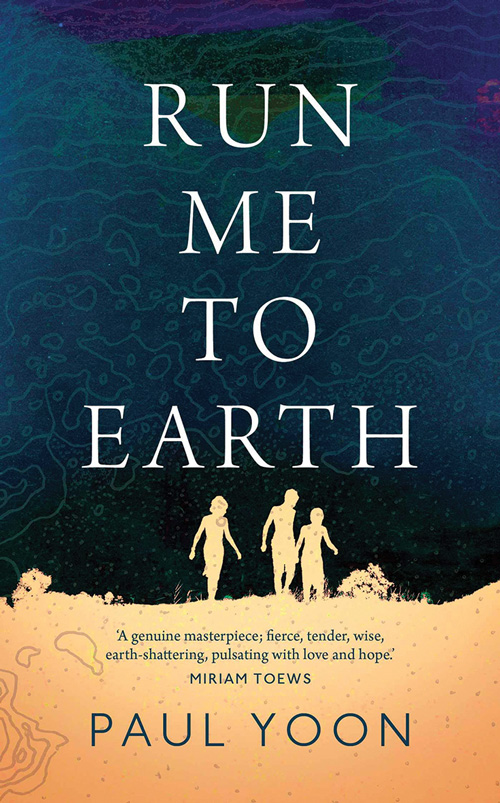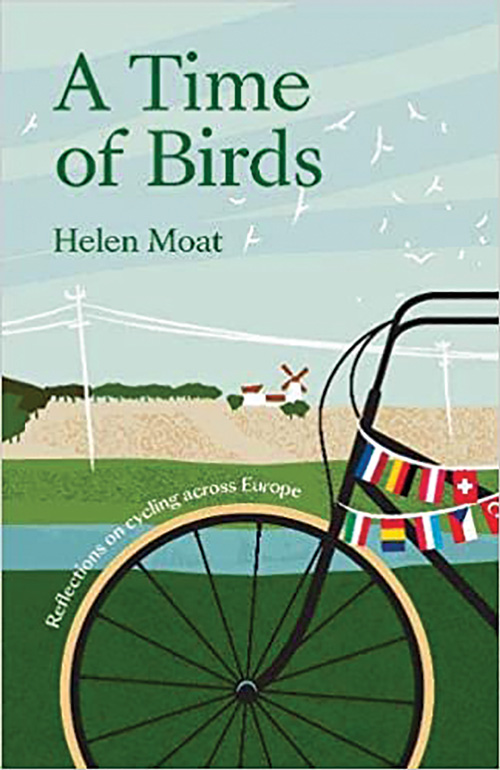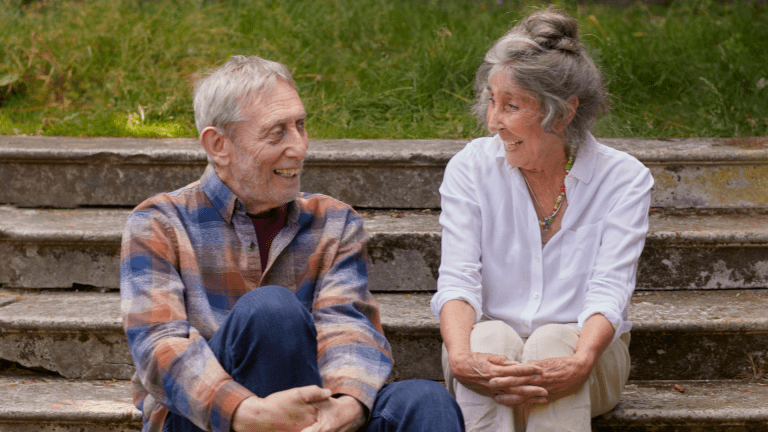THE civil war in Laos, which ran in tandem with the one in neighbouring Vietnam, was not a conflict I knew anything about until I picked up Paul Yoon’s novel Run Me to Earth. An author’s note gives the reader the bare details: the Communist Pathet Lao were fighting the Royal Lao Government, supported by the CIA, which trained and armed ethnic groups including the Hmong. From 1964 to 1973, the CIA also carried out aerial bombardments across the country. These totalled more than 580,000, or one bombardment every eight minutes, 24 hours a day for nine years.

And that’s all you really learn about politics or military strategy. The beauty of Run Me to Earth is that it’s not about the specifics of this war; nor does it really matter which side the protagonists are on. It’s a story about surviving the day-to-day horror when you have no grasp of the wider context; and the way lives can continue to be intertwined long after separation.
Yoon has a deep affinity with the landscape, and an ability to summon up those little moments that bind people
Alisak, Noi and her brother Prany are teenage orphans; they have been on the streets for several years when they are recruited to work in a field hospital. Their job is to ride motorcycles out into the surrounding minefields to rescue the injured and to help tend them on their return. Though life is fraught with danger, it affords them the only stability they have ever known and an opportunity to stay together. Then, one night, the hospital is evacuated, and they end up in different countries.
Run Me to Earth is a beautiful, understated novel which jumps backwards and forwards in time and perspective. Told by a range of narrators, some of whom stand at a slight angle to the main characters, it has a fractured, abstracted feel which mirrors the dissociation caused by early trauma. Yoon resists all temptation to play up the horrors witnessed by the children, giving double distance to the most disturbing incident by revealing it to the reader within the transcript of a tape-recorded interview.
His writing may be restrained, but it is not lacking in lyricism or insight. Yoon has a deep affinity with the landscape, investing the Plain of Jars – a real-life Laotian megalithic site – with a supernatural quality, and an ability to summon up those little moments – the twisting or a ring, the touch of a hand, the playing of a piano – that bind people, and then haunt them.










